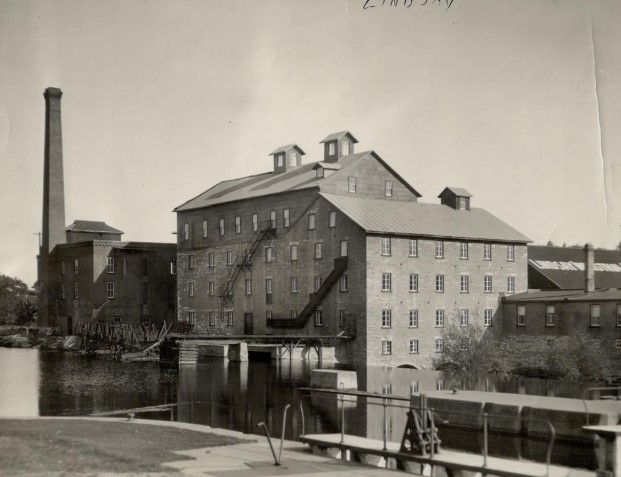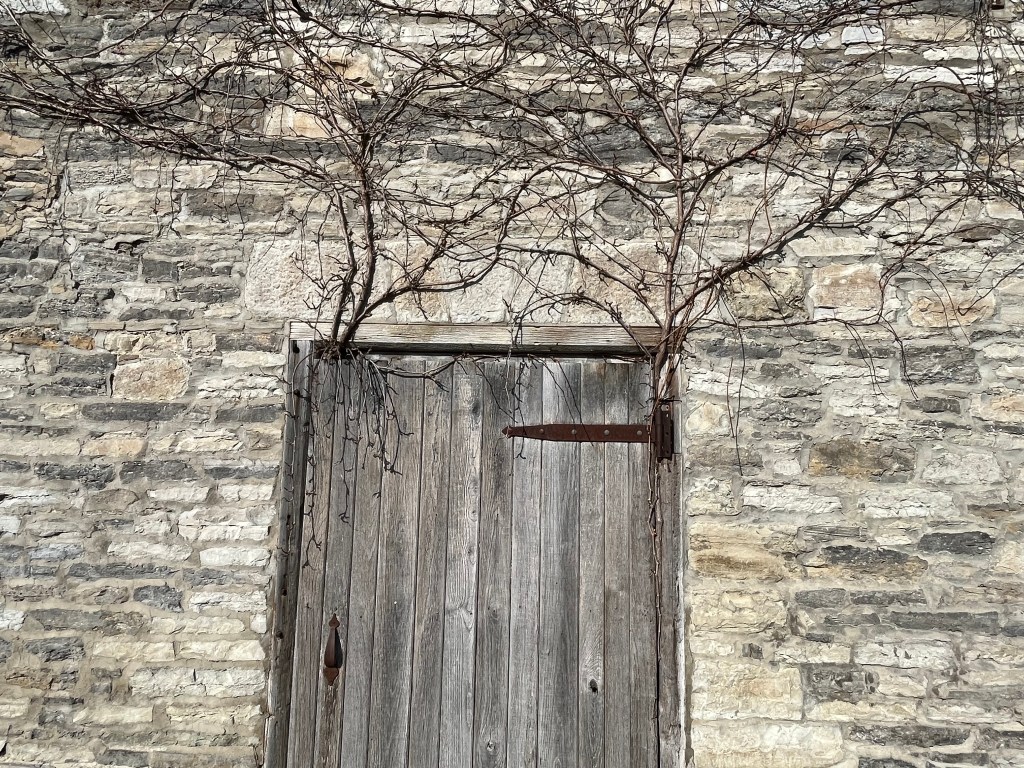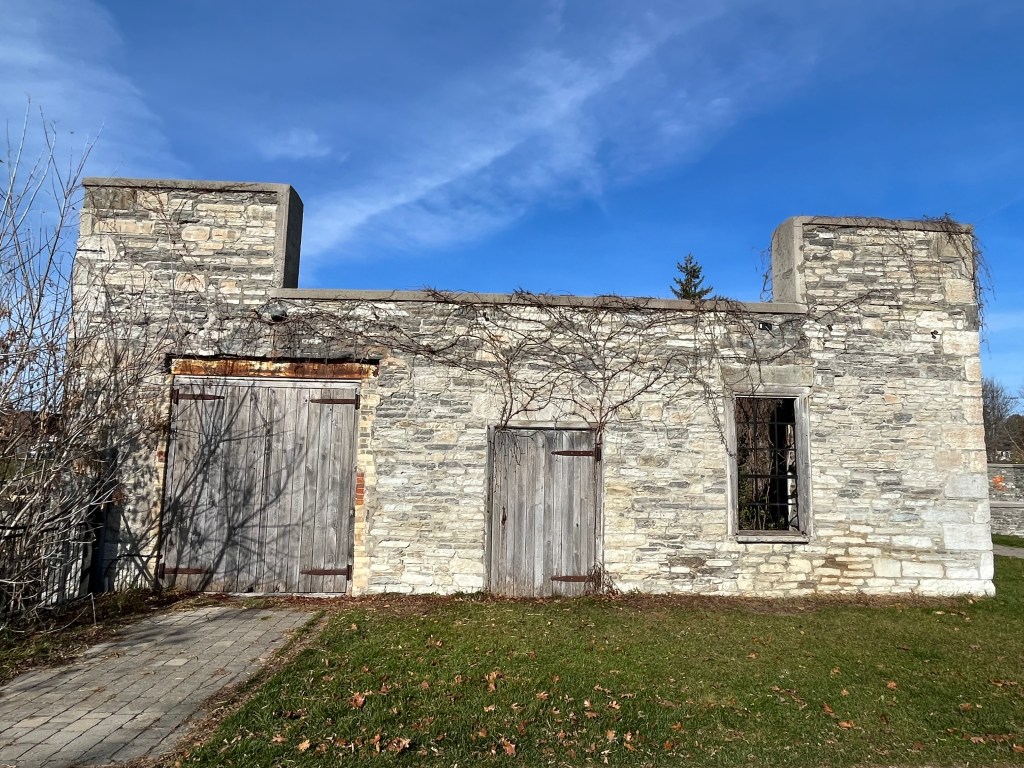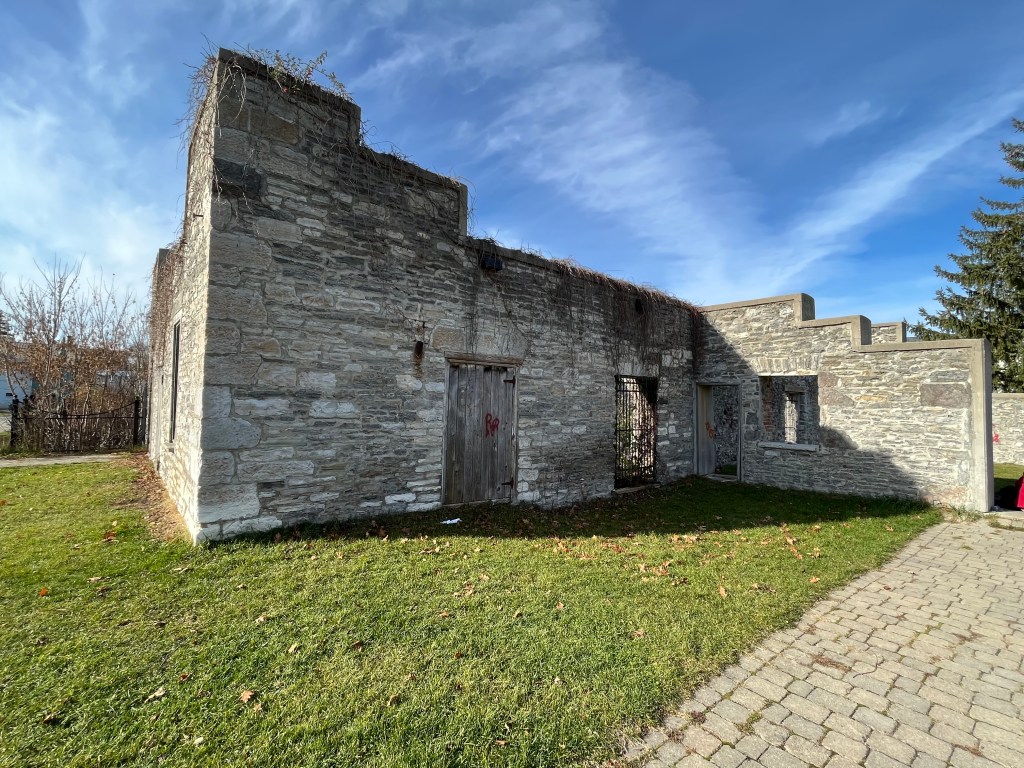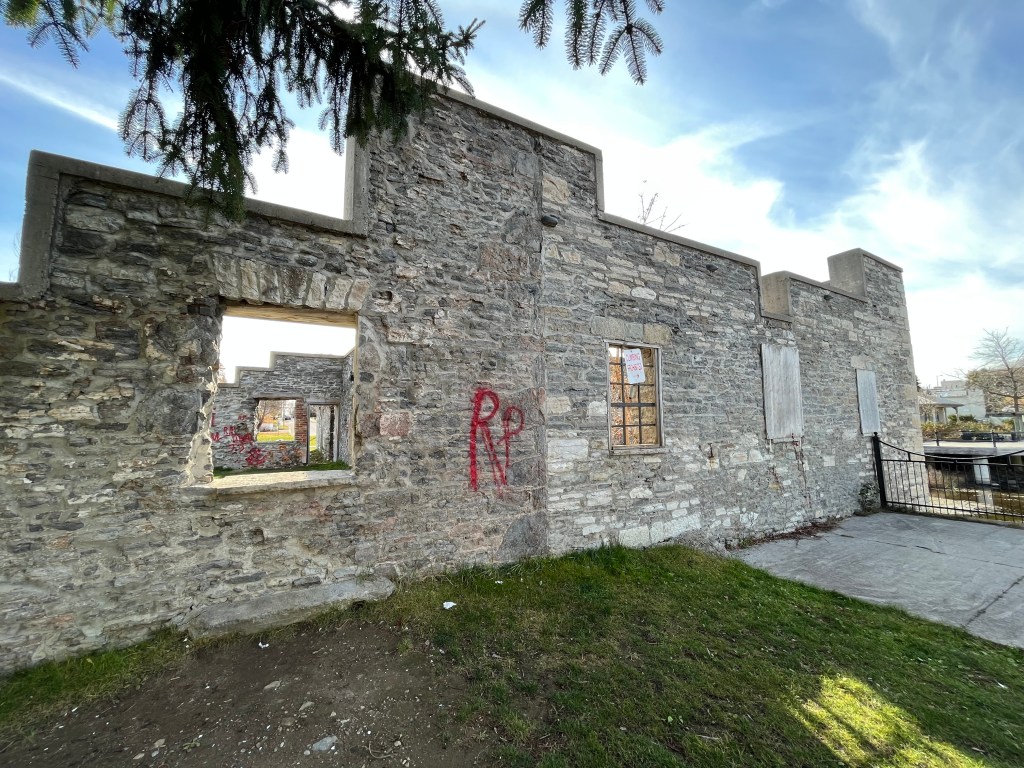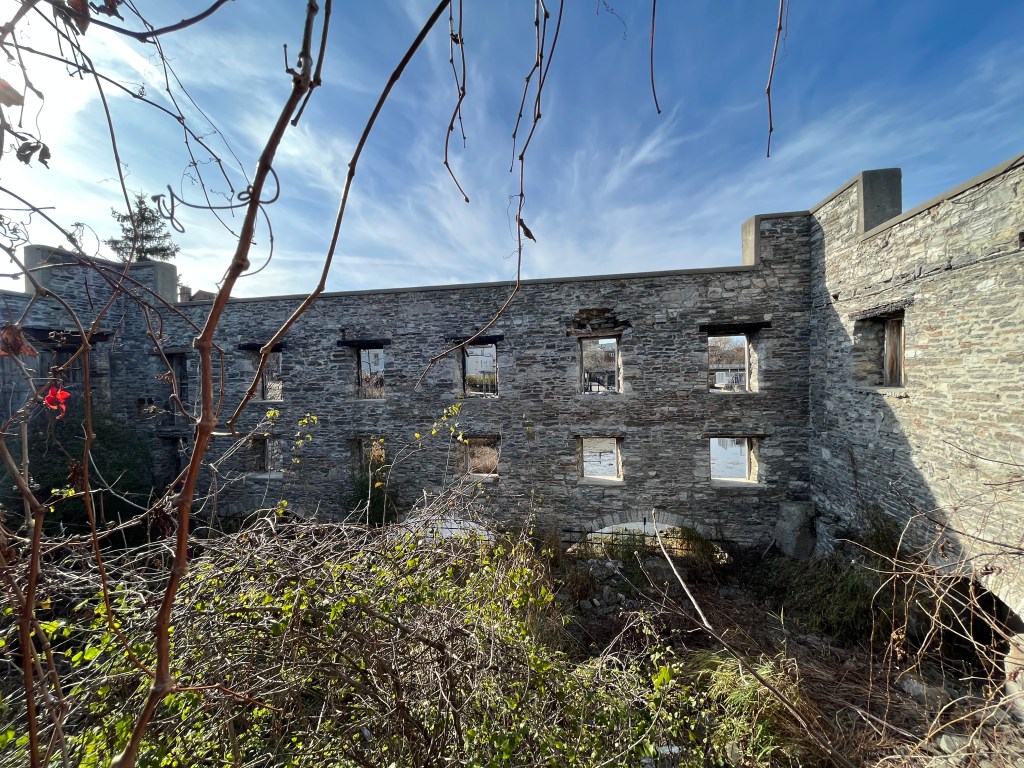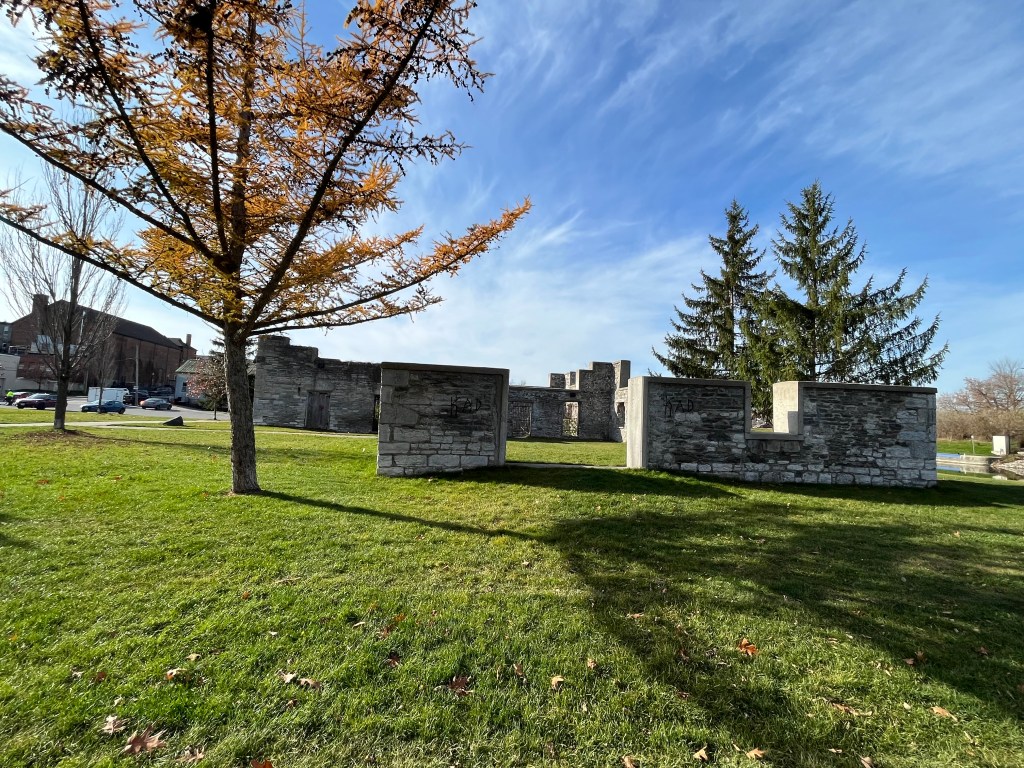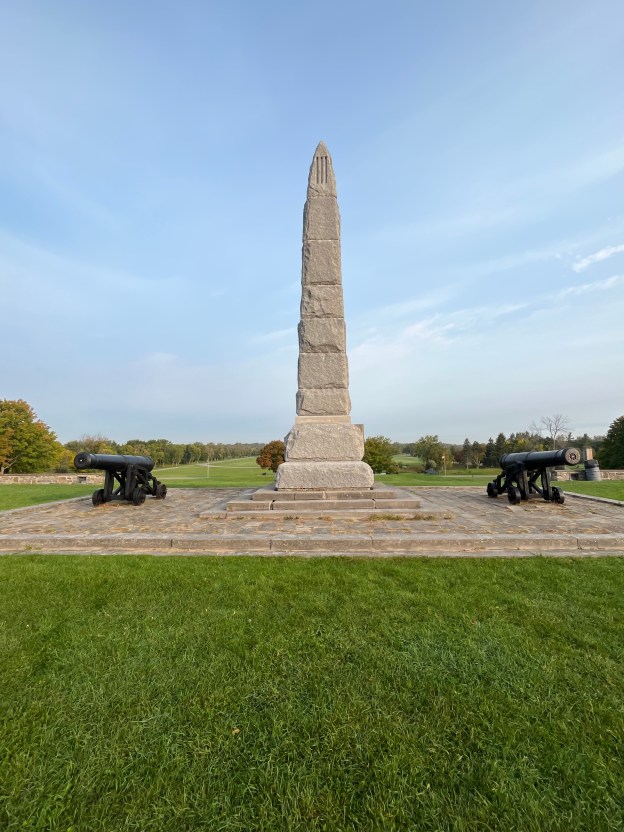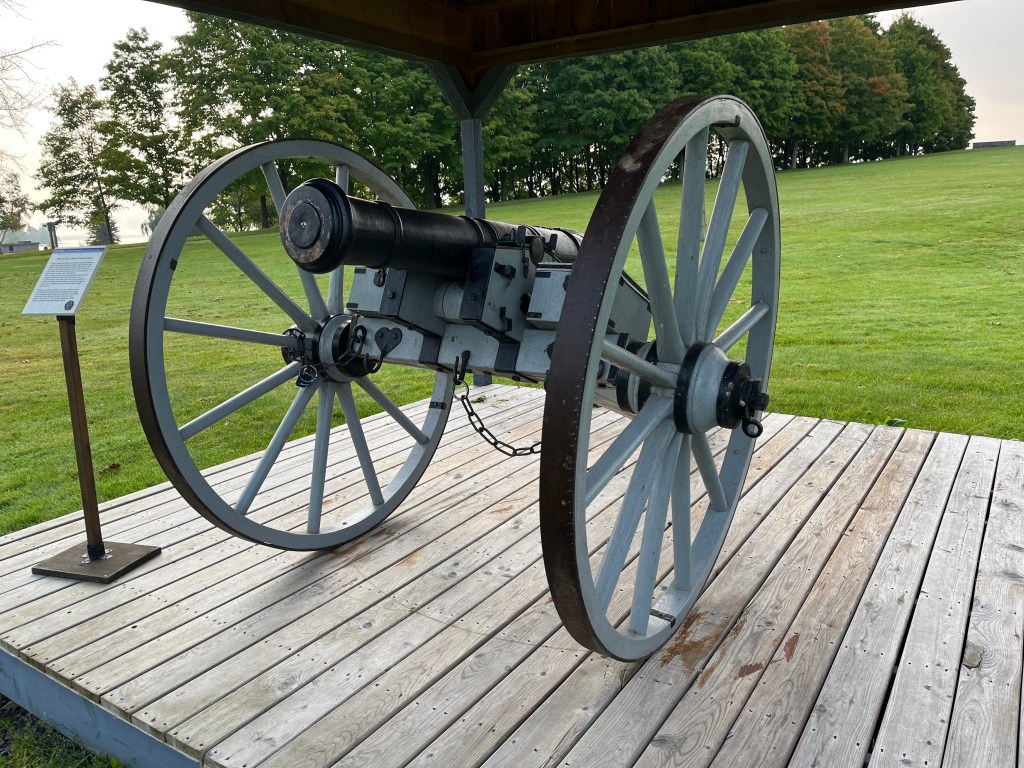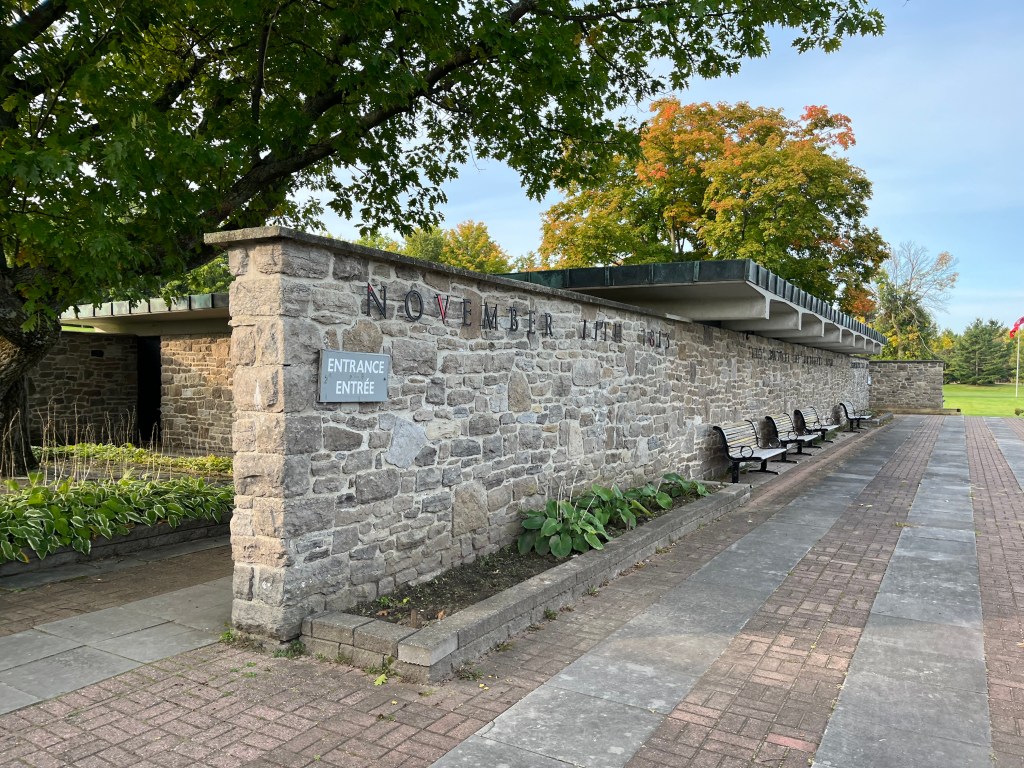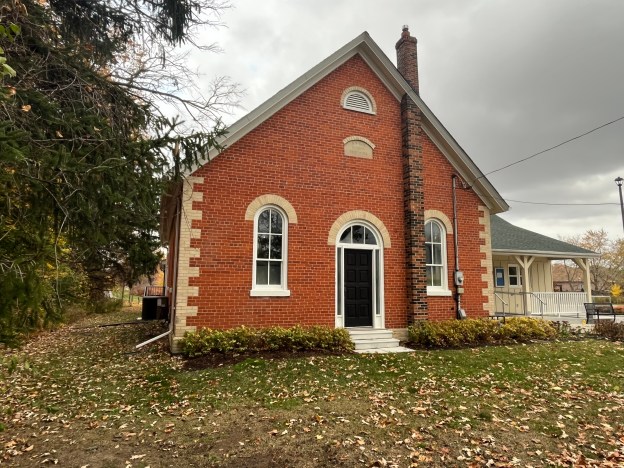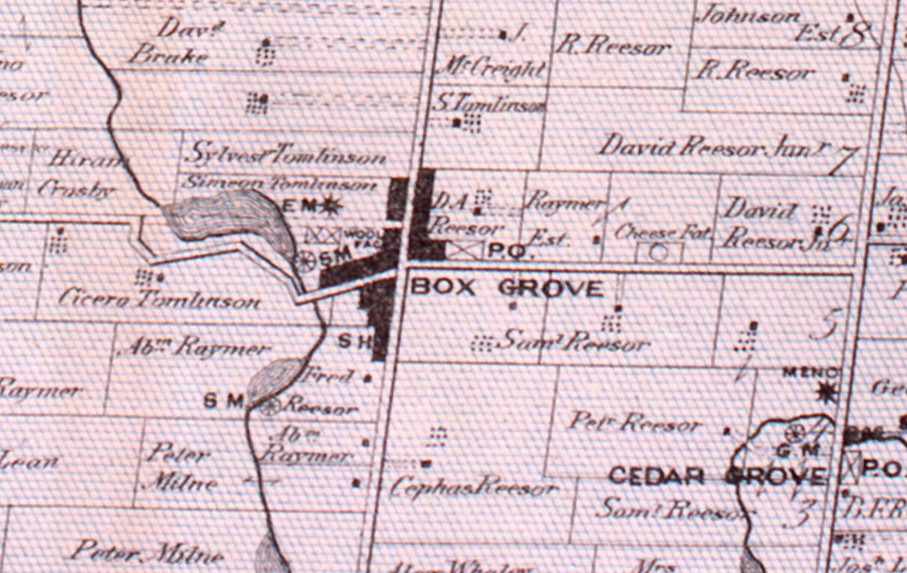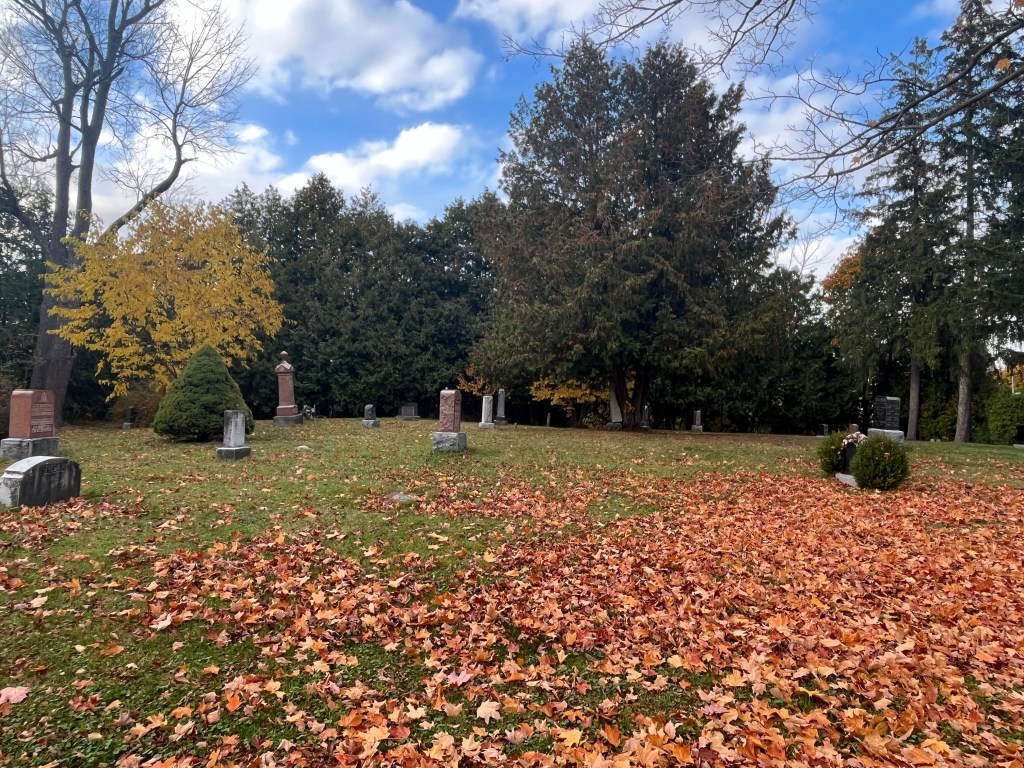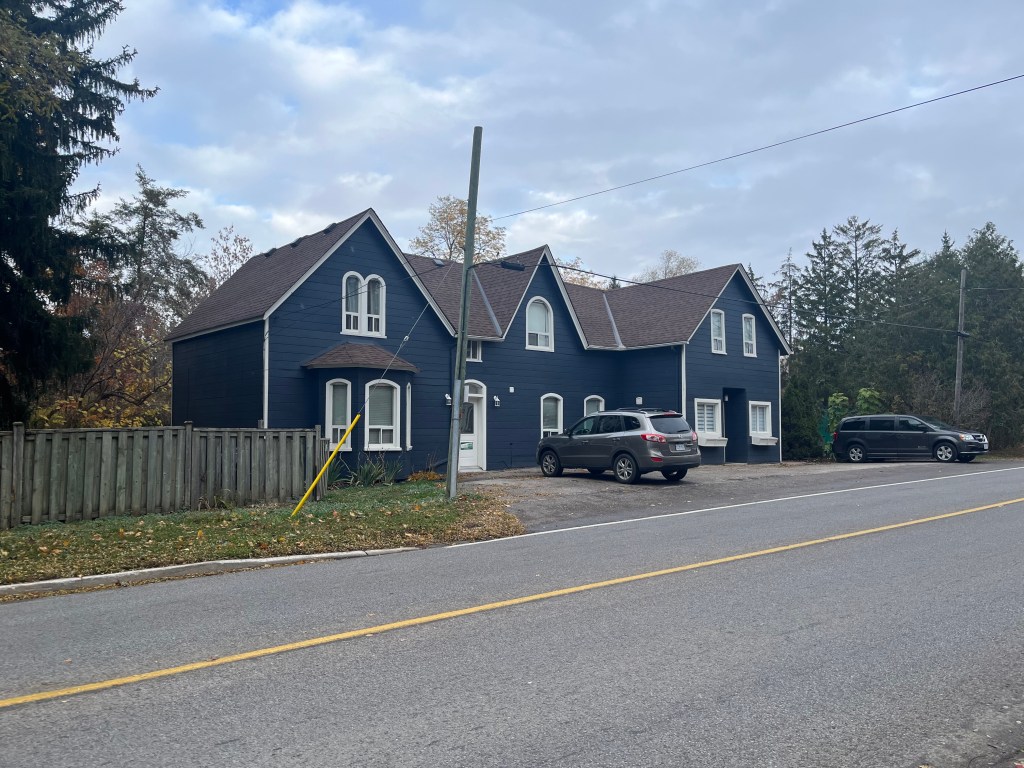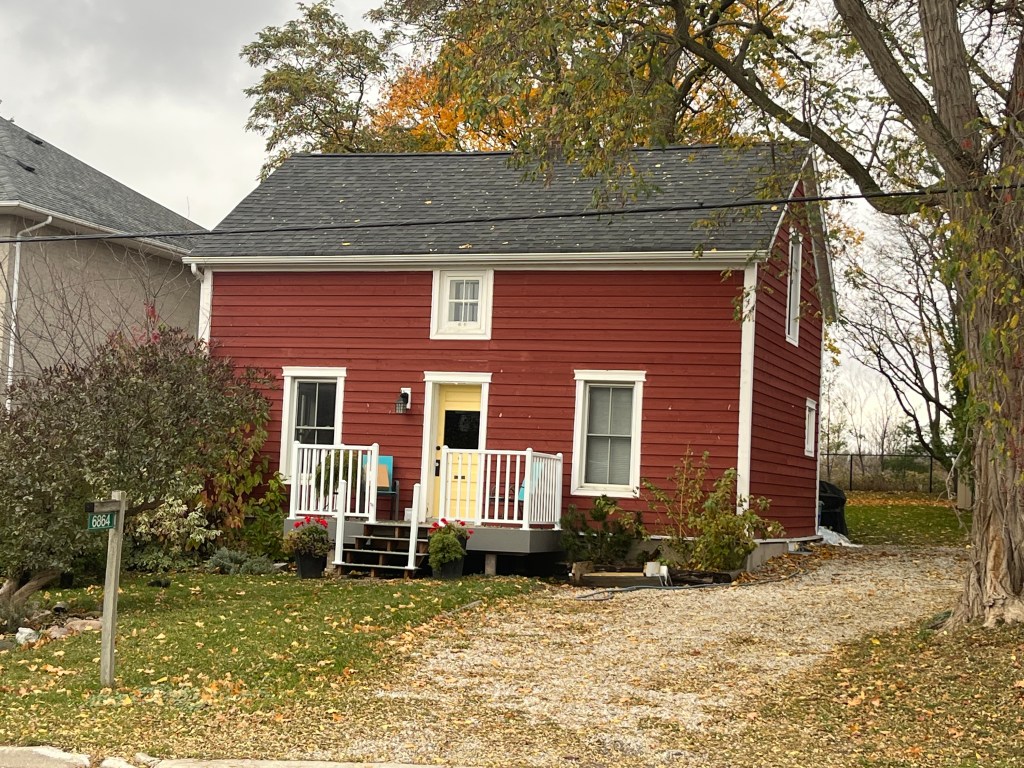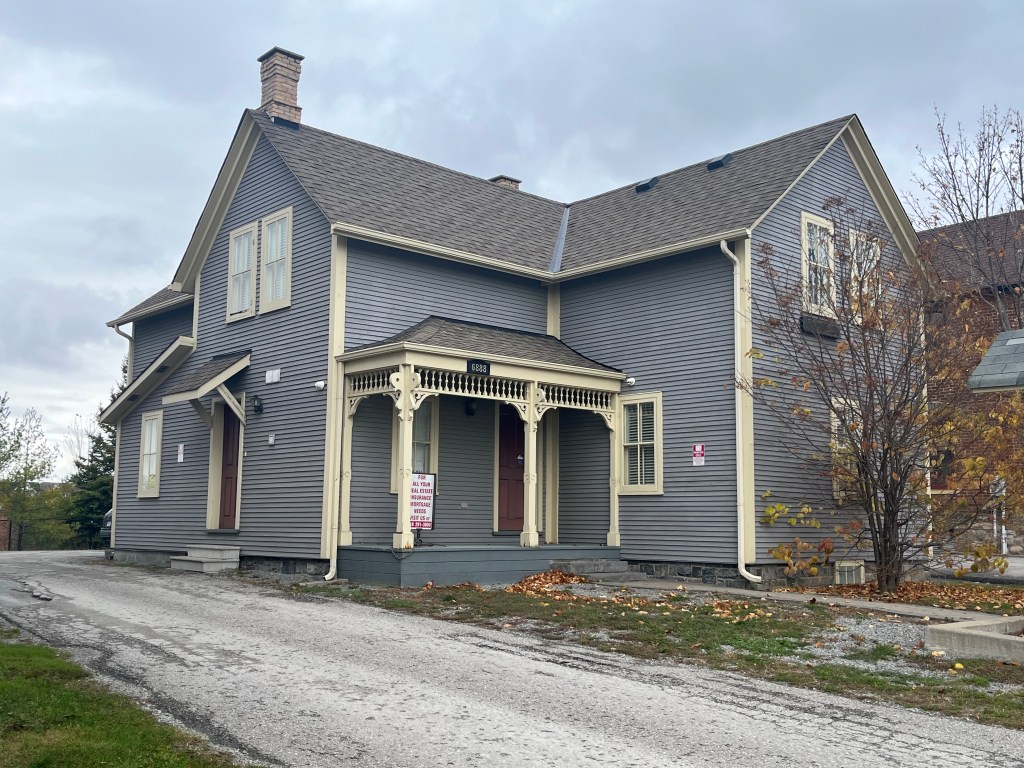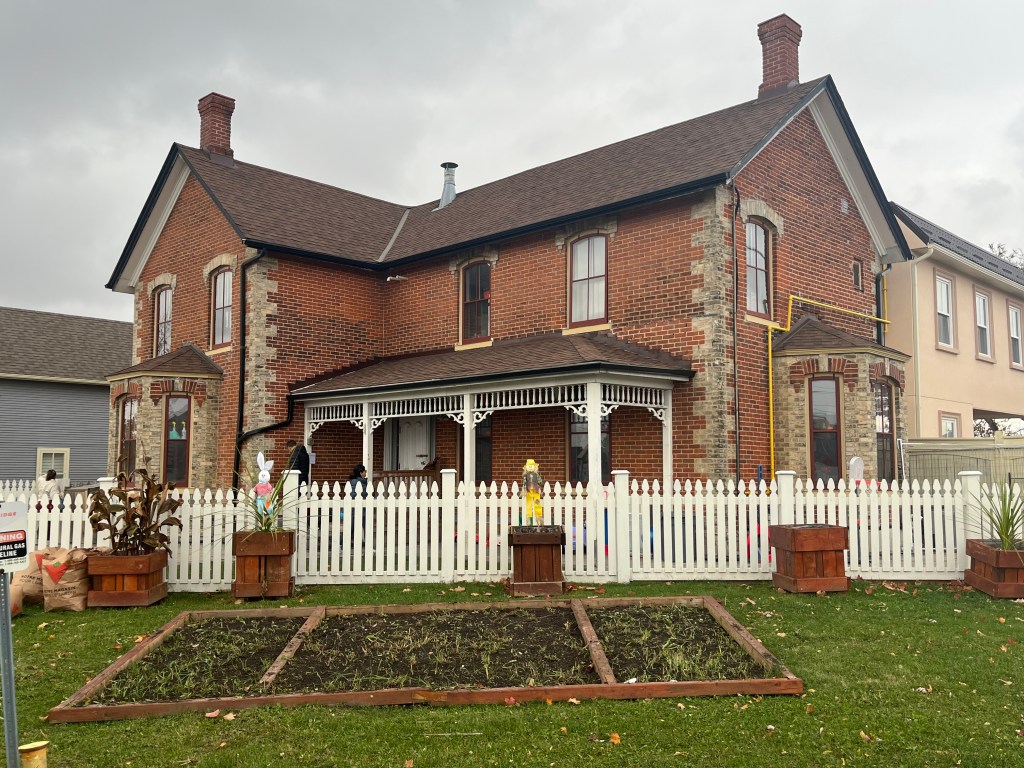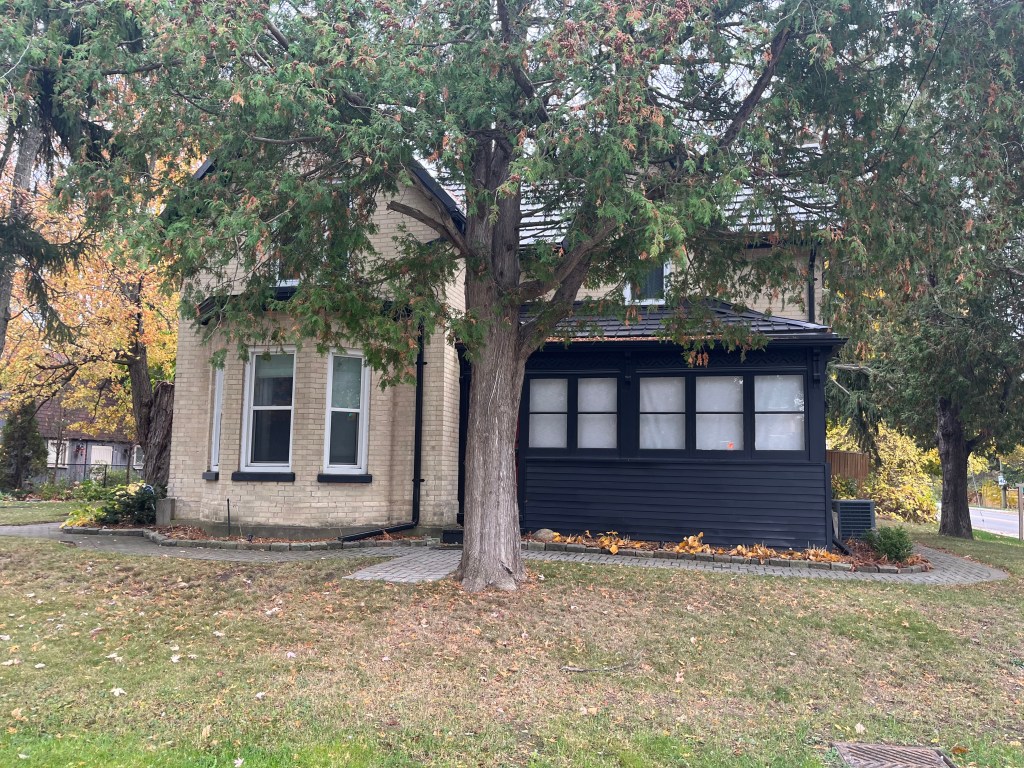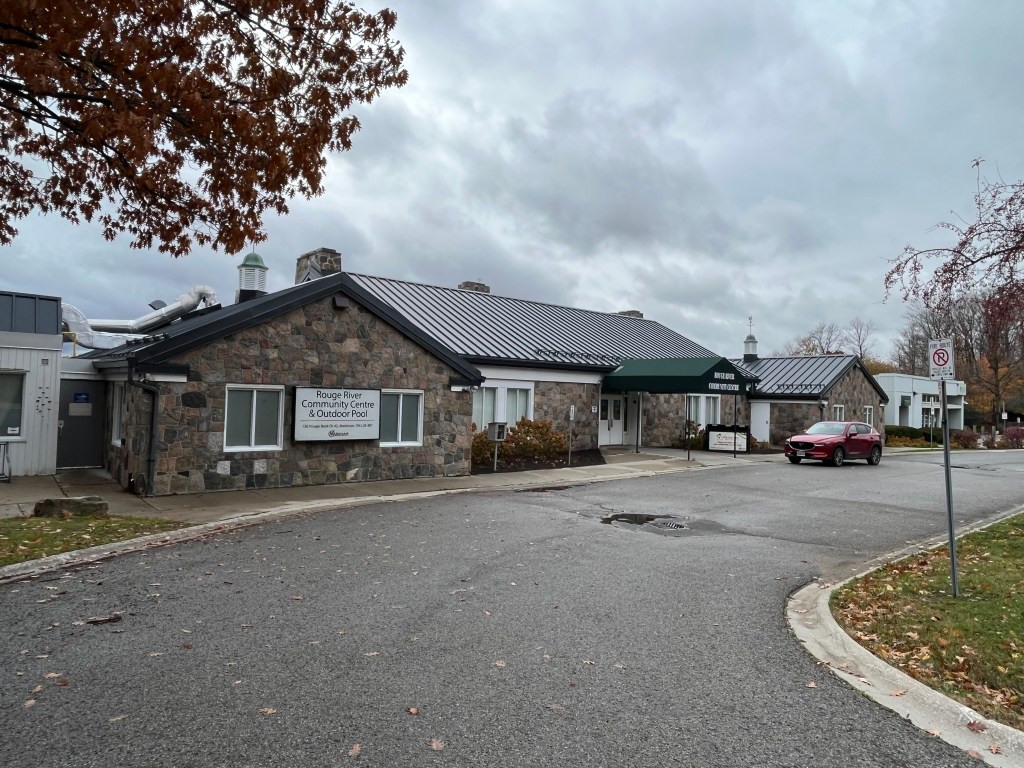November 25, 2023
One of the best things about my job is the travel because I can incorporate an element of pleasure and tourism into my working time. I get to go to places like Thunder Bay to do inspections and then experience things things that I otherwise would never get to see. I have the opportunity to share them through this blog so that you can experience them vicariously from the comfort of your homes. It may even inspire a few people to visit them if they are in the area at some time in the future.
Kakabeka Falls is about 30 kilometers (19 miles) and less than a half hour outside of Thunder Bay just off of Highway 11 in Kakabeka Falls Provincial Park. It is located on the Kaministiquia River where the water plunges 40 metres (130 feet) into a gorge cut into the shale. The falls are continually eroding the shale and have been doing so since the end of the last ice age 12,000 years ago. This shale is very unstable and contains some of the oldest known fossils on the planet. Some of these are dated back to 1.6 billion years ago. The name is an Ojibwa one which means “waterfall over a cliff” and it has taken on the designation of Niagara Falls of the north.
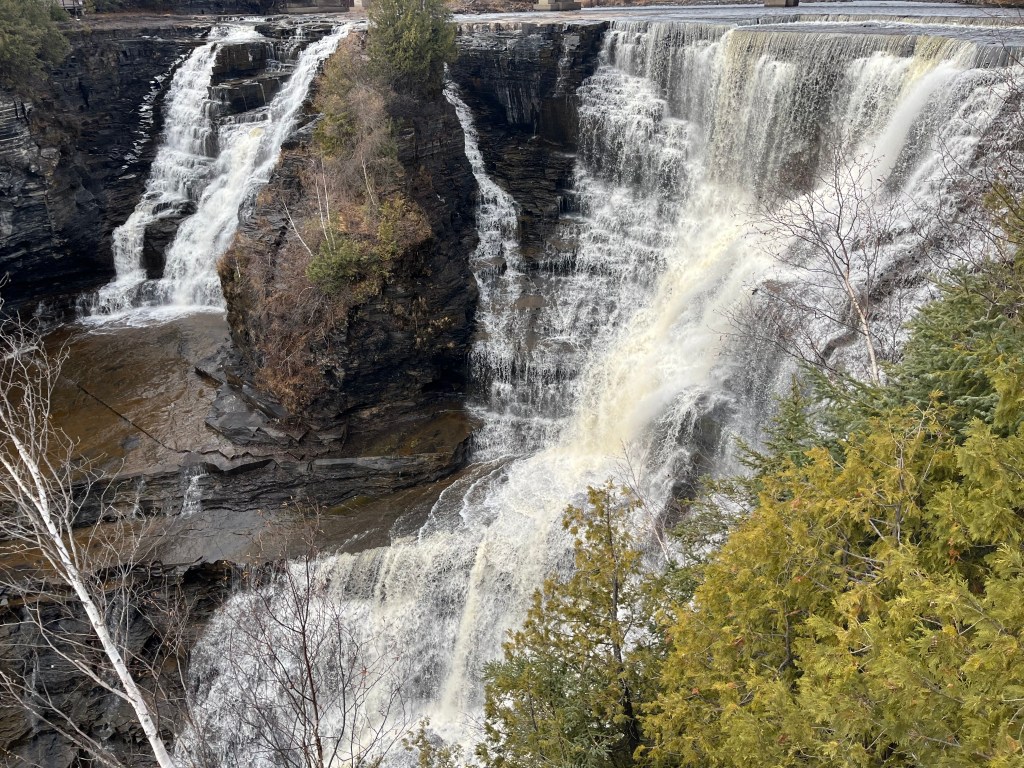
There are two distinct steps in the falls and the water flow was pretty good during my visit. In the winter the falls can freeze over and there used to be a hotel on the edge of the gorge that would get coated in ice in the winter. When the 5 square kilometre provincial park was created in 1955 the hotel was removed. The river was a major route that was used to get access to the north west and a mountain portage existed to get around the falls. It connected Lake Superior with Lake of the Woods and was used for centuries by the Indigenous peoples and later by the fur traders.
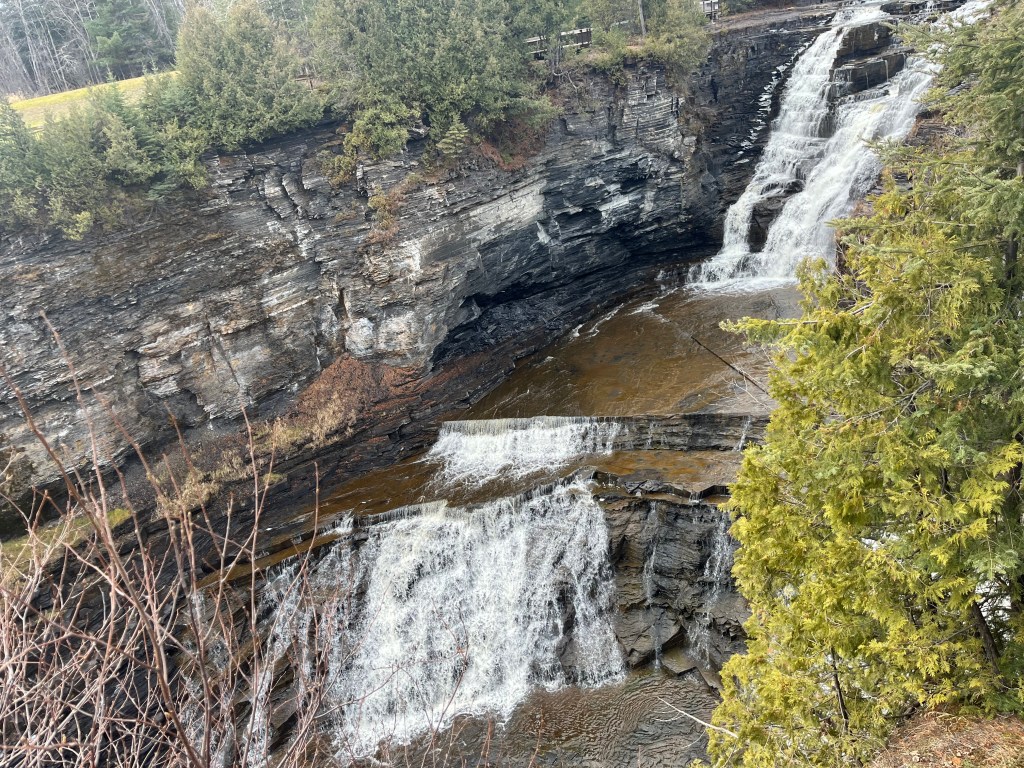
There’s a footbridge that lets you cross the river and look out over the brim of the falls. Notice how small the river looks as it appears in the distance, deep in the valley.
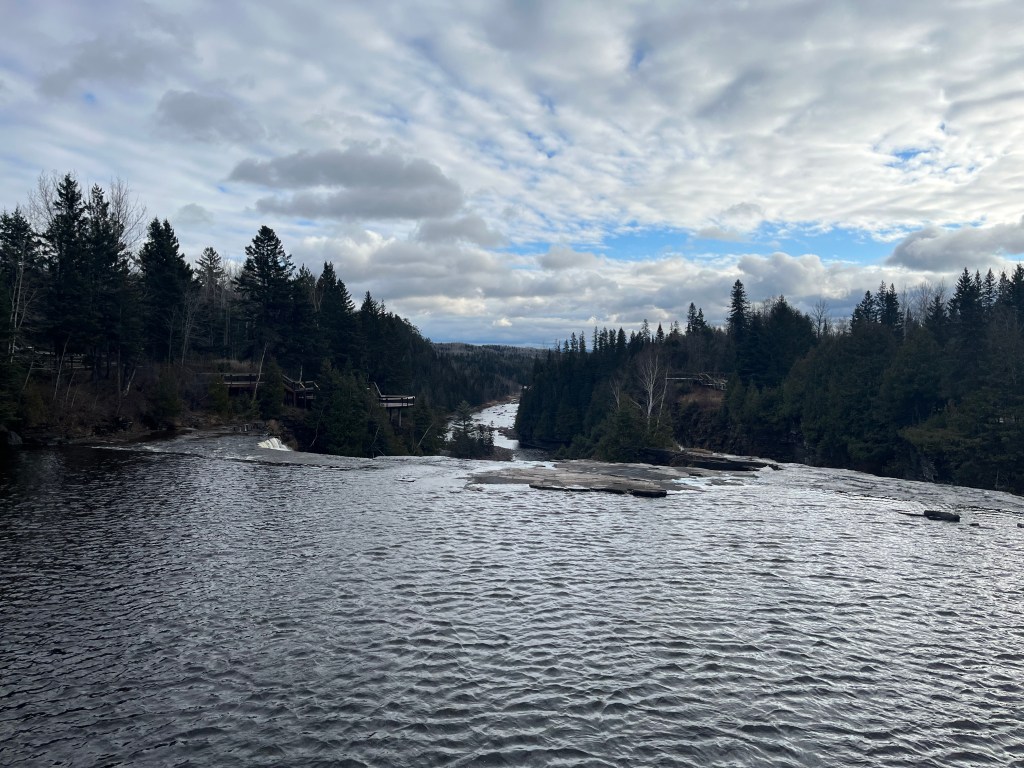
The falls have an Indigenous tale attached to them. According to legend, an Ojibwa Chief found out about an imminent attack from a band of Sioux and decided to try and prevent it. He asked his daughter Green Mantle to help him protect his people and she devised a plan to do so. She is said to have infiltrated the Sioux camp and acted as if she was lost. She bargained to save her life by promising to lead the Sioux to her father’s camp. Instead she tricked them into going over the falls in their canoes. She allegedly died along with them and now her spirit can be seen in the in the mist of the falls. Another version of the story suggests that she jumped out of the canoe at the last minute and saved herself by swimming to shore.

There is a boardwalk that allows you to walk along the gorge on either side of the falls and has several viewing platforms. Access is not permitted inside of the boardwalk due to the unstable shale along the sides of the gorge and no one is allowed into the gorge at the bottom of the falls.

Aside from the falls there are 17.9 kilometres of hiking trails in Kakabeka Falls Provincial Park including Little Falls Trail. This trail leads to a separate waterfall which I didn’t have time to explore during this visit but which I will plan to explore on my June trip next year. There’s also two campgrounds which combine for 169 campsites of which 90 have electricity. Cross-country skiing is available for the winter months.

Day use of the park is $6.50 per car and is well worth it, especially if you use the guided hike and interpretive programs.
Related Stories: Niagara Falls
Google Maps Link: Kakabeka Falls
Like us at http://www.facebook.com/hikingthegta
Follow us at http://www.hikingthegta.com
Also, look for us on Instagram


